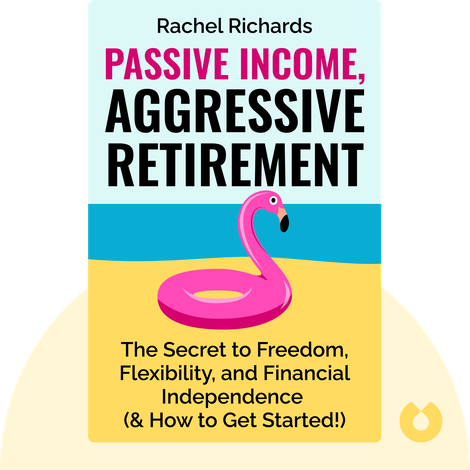
Passive income sources can augment your retirement earnings, enabling you to savor your golden years free from financial stress. Due to market fluctuations, it’s essential to diversify your income to satisfy your financial requirements during retirement.
How to Generate Passive Income for Retirement
Here are 10 practical methods to generate passive income for retirement:
1. Dividend Stocks
These stocks provide dividends to shareholders, typically on a monthly, quarterly, or semi-annual schedule. While returns may not always be substantial, the reliable dividends can enhance your retirement revenue and diversify your investment portfolio.
2. Interest-Bearing Accounts
Certificates of deposit (CDs) and high-yield savings accounts yield passive income for retirement. Although they may not deliver stock market-level returns, they are readily accessible and considerably less risky. High-yield savings accounts can offer returns of up to 5%, delivering a dependable investment while keeping your funds accessible.
3. Bonds
Seen as a low-risk investment, bonds help diversify your portfolio. These are loans issued to governments or corporations, earning interest until a defined maturity date. Government bonds are nearly risk-free but yield lower returns, while corporate bonds involve more risk but generally provide higher yields.
4. Annuities
Annuities enable you to “purchase passive income” by investing a one-time sum for guaranteed earnings in the future. Various protections, such as inflation adjustments and spousal benefits, can be arranged.
5. Invest in Real Estate
Real estate has long been a source of passive income. Whether through real estate investment trusts (REITs), rental properties, or crowdfunding, real estate provides different levels of engagement and income through dividends, rent, interest, and capital appreciation.
6. P2P Lending
Peer-to-peer lending entails investing in consumer loans assessed by the platform based on the borrower’s financial background, offering a potentially risky yet diversified investment option.
7. Rent Your Property
Leasing your properties or additional space can yield considerable passive income. Options include platforms like Airbnb, Neighbor, and Hipcamp. Furthermore, renting out items such as cars, RVs, and boats via services like Turo, RVShare, and Boatsetter can also provide financial returns.
8. Pursue Your Passions
Convert hobbies or skills into income streams, such as tutoring, selling stock photographs, or creating crafts on platforms like Etsy. Although some initial effort is necessary, these avenues can produce long-term revenue.
9. Share Your Insights
Capitalize on your expertise by creating blogs, YouTube videos, podcasts, or online courses. Once a dedicated audience is built, income can be generated through affiliate marketing, advertisements, or course offerings.
10. Reward Accounts
Seek rewarding opportunities like bank bonuses, credit card sign-up perks, cashback credit cards, or cashback applications to create passive income.
How Is Passive Income Taxed in Retirement?
The taxation of passive income hinges on its type. Long-term capital gains are taxed at more favorable rates, and strategies like tax-loss harvesting can assist in lowering tax responsibilities.
Passive Income Can Enhance Your Retirement
View passive income as extra financial backing, allowing you to withdraw less from retirement funds or manage emergencies without anxiety. Diversify your initiatives while remaining within your risk capacity for a secure and fulfilling retirement.